The Sum of Series Formula is a fundamental concept in mathematics, offering a streamlined approach to calculate the sums of specific series. Understanding and applying these formulas is crucial for both academic pursuits and practical applications. We will explore the derivation and application of a particular Sum of Series Formula, enhancing your problem-solving abilities.
Table of Contents
Read More
Let’s delve into the realm of series and sequences, specifically focusing on deriving a Sum of Series Formula. This formula is essential for efficiently calculating the sum of a series where each term involves a product of a term number and a power of 2. We will explore a step-by-step approach to unravel this formula and illustrate its application with examples and mathematical derivations.
Understanding the Problem with Sum of Series Formula
The problem at hand involves finding the sum of a series, where each term is the product of an integer and a power of 2. This type of series frequently appears in various mathematical and computational contexts. The goal is to derive a closed-form expression, which simplifies the calculation of the sum without the need to compute each term individually. This approach greatly enhances computational efficiency.
The given series, ##S = sum_{k=1}^{n} k cdot 2^k##, presents a classic problem in series summation. The challenge lies in the presence of both a linear term (k) and an exponential term (2^k). We aim to find a formula that directly gives the sum for any value of ‘n’, avoiding the need for term-by-term calculations. This will be achieved through careful algebraic manipulation.
Deriving the Sum of Series Formula
Step 1: Setting up the Series
To begin, let’s write out the series explicitly to better understand its structure. The series ##S = sum_{k=1}^{n} k cdot 2^k## can be expanded as ##1 cdot 2^1 + 2 cdot 2^2 + 3 cdot 2^3 + ldots + n cdot 2^n##. This expansion helps visualize the pattern and identify potential strategies for summation. Recognizing patterns is key to finding an efficient solution.
Now, let’s multiply the entire series by 2. This operation shifts the terms, which will be crucial in our next step. Multiplying by 2 gives us ##2S = 1 cdot 2^2 + 2 cdot 2^3 + 3 cdot 2^4 + ldots + (n-1) cdot 2^n + n cdot 2^{n+1}##. This multiplication prepares us for a strategic subtraction that simplifies the series.
Step 2: Subtracting the Series
Subtracting ##2S## from ##S##, we get a new expression that simplifies the series significantly. The subtraction aims to eliminate most of the terms, leaving us with a more manageable form. This technique is a common method in series summation, particularly when dealing with geometric-like series.
Performing the subtraction ##S – 2S##, we obtain ##-S = 2^1 + 2^2 + 2^3 + ldots + 2^n – n cdot 2^{n+1}##. The terms now form a geometric series, which we can easily sum. The subtraction strategically eliminates many terms, simplifying the original complex series into more manageable components.
Step 3: Summing the Geometric Series
The terms ##2^1 + 2^2 + 2^3 + ldots + 2^n## form a geometric series. We can use the geometric series formula to find their sum. The formula for the sum of a geometric series is ## sum_{k=1}^{n} ar^{k-1} = a cdot \frac{{1 – r^n}}{{1 – r}}##, where ‘a’ is the first term, and ‘r’ is the common ratio.
In our case, the first term is 2 and the common ratio is also 2. Applying the formula, the sum of the geometric series becomes ##2 cdot \frac{{1 – 2^n}}{{1 – 2}} = 2^{n+1} – 2##. Substituting this back into our equation, we get ##-S = 2^{n+1} – 2 – n cdot 2^{n+1}##. This step simplifies the result into a more compact form.
Final Solution
Now, we solve for S to obtain the closed-form expression. By rearranging the terms, we isolate S, giving us the final formula. This formula allows us to calculate the sum of the original series directly, without iteration.
Therefore, the closed-form expression for ##S = sum_{k=1}^{n} k cdot 2^k## is ##S = (n – 1) cdot 2^{n+1} + 2##. This formula provides an efficient way to compute the sum, especially for large values of ‘n’.
Similar Problems and Quick Solutions
Problem 1: Find the sum of ## sum_{k=1}^{5} k cdot 3^k##
Solution: ##S = (5-1) cdot 3^{5+1} + 2 = 2918##
Problem 2: Calculate the sum of ## sum_{k=1}^{3} k cdot 4^k##
Solution: ##S = (3-1) cdot 4^{3+1} + 2 = 514##
Problem 3: Determine the sum of ## sum_{k=1}^{4} k cdot 2^k##
Solution: ##S = (4-1) cdot 2^{4+1} + 2 = 98##
Problem 4: Evaluate ## sum_{k=1}^{2} k cdot 5^k##
Solution: ##S = (2-1) cdot 5^{2+1} + 2 = 127##
Problem 5: Find the sum of ## sum_{k=1}^{1} k cdot 6^k##
Solution: ##S = (1-1) cdot 6^{1+1} + 2 = 2##
| Term (k) | Term Value (k * 2^k) | Sum (S) |
|---|---|---|
| 1 | 2 | 2 |
| 2 | 8 | 10 |
| 3 | 24 | 34 |
| 4 | 64 | 98 |
| 5 | 160 | 258 |
We also Published
RESOURCES
- 6.4: Sum of a Series – Mathematics LibreTexts
- Sum of Arithmetic Sequence Formula – Derivation, Examples
- Solved Example Using Sum of Arithmetic Sequence Formula
- calculus – general formula for partial sum of series – Mathematics …
- Arithmetic progression – Wikipedia
- What would be a arithmetic sequence sum formula, when, knowing …
- Geometric series – Wikipedia
- [AP calculus BC] How do I find the sum of this series? : r …
- Sum of the First n Terms of a Series
- Need clarification about formula for sum of infinite geometric series …
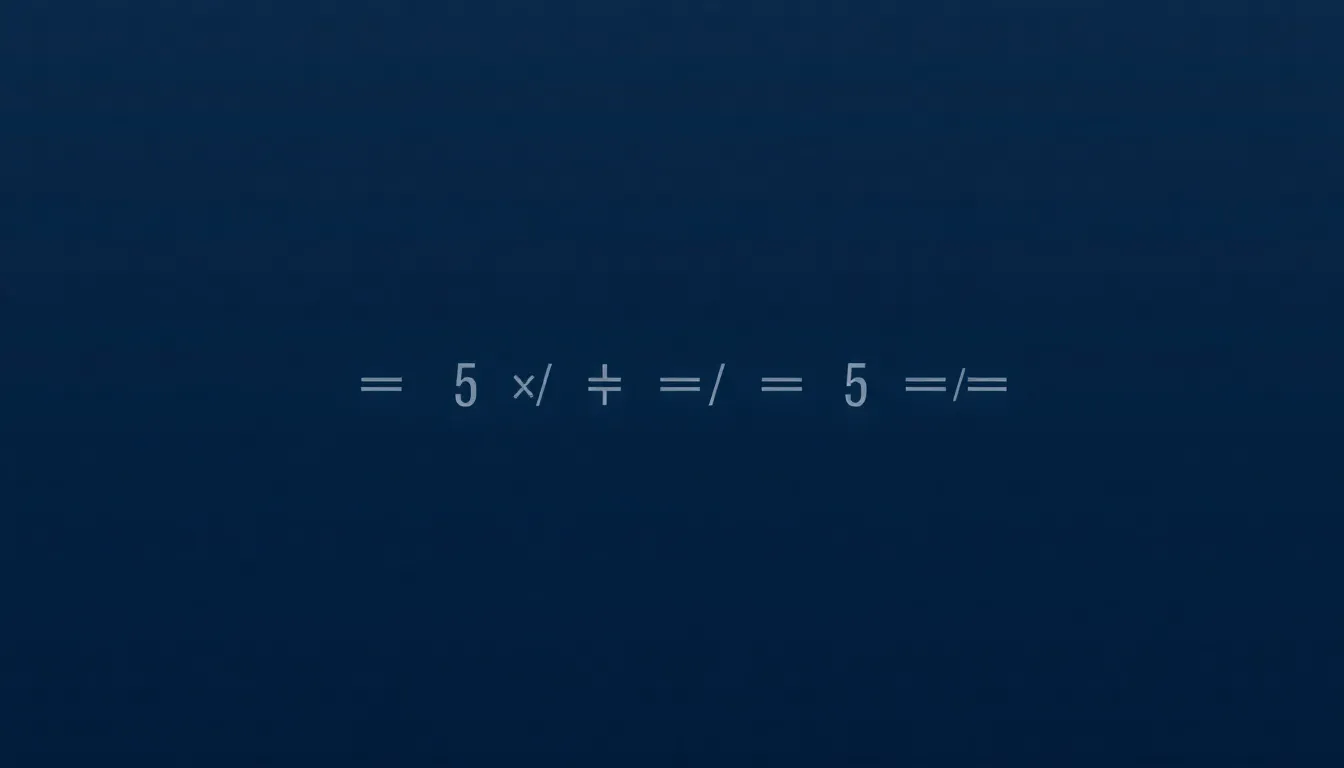


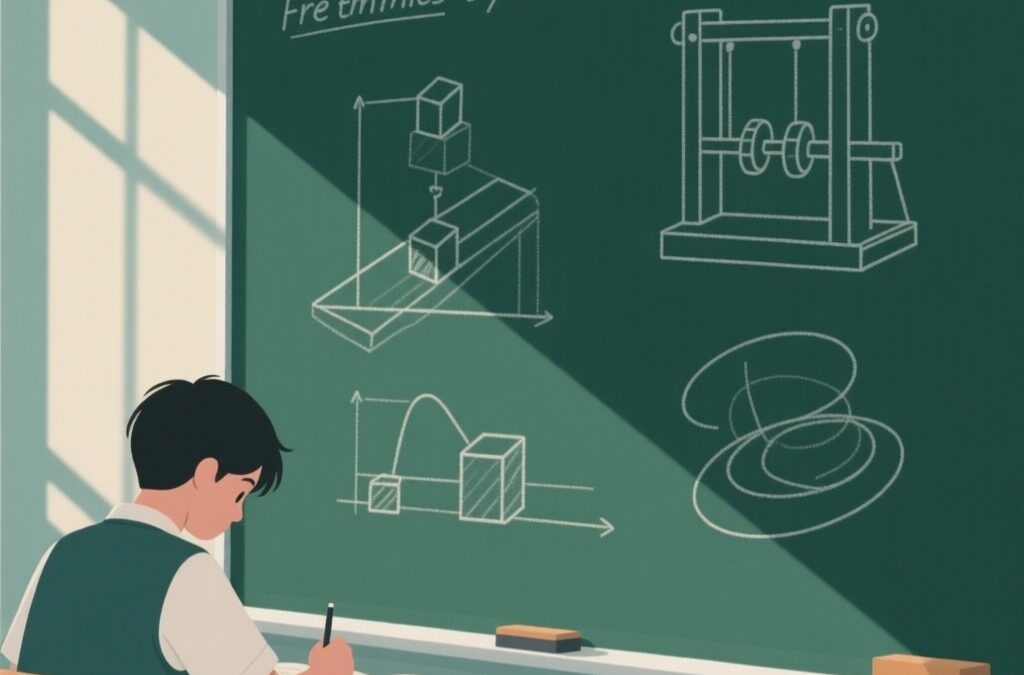
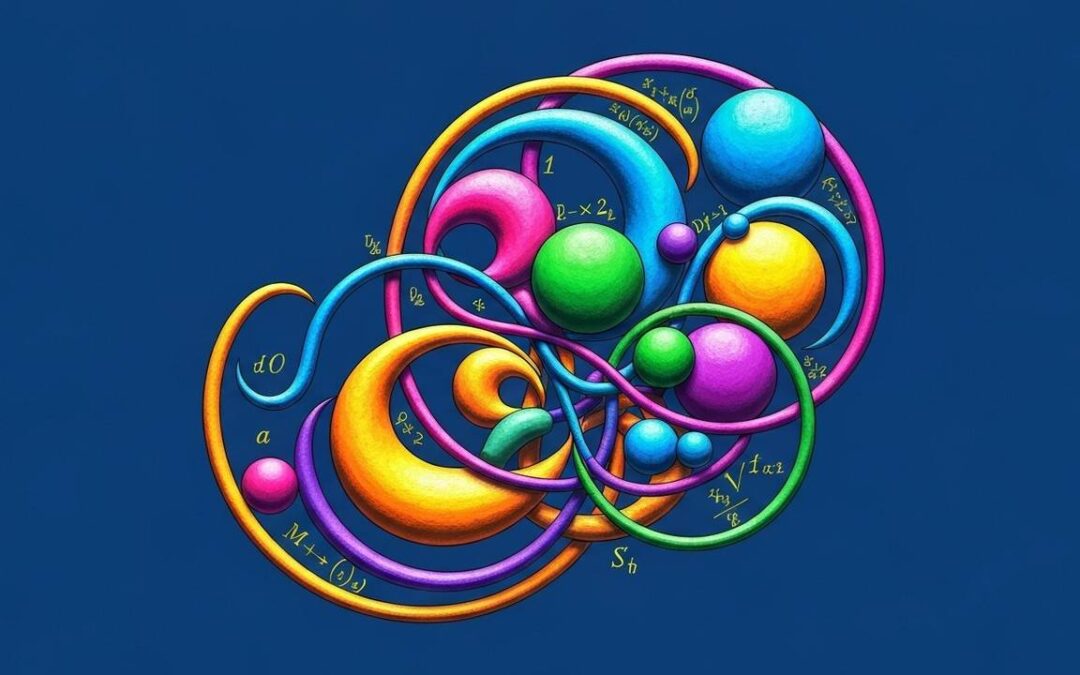
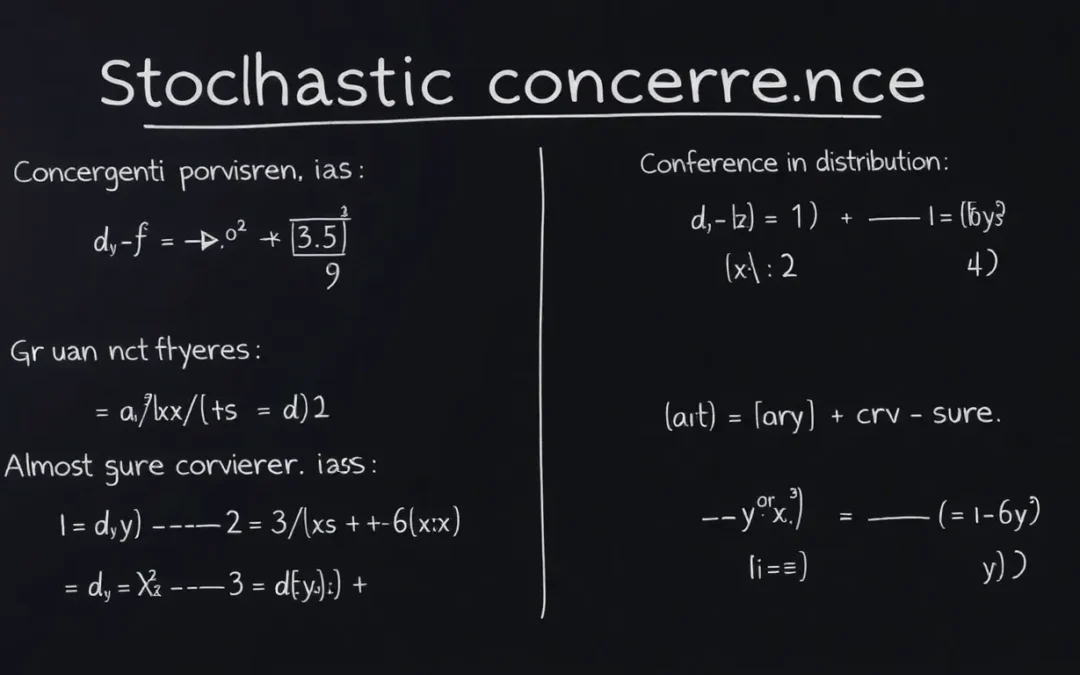
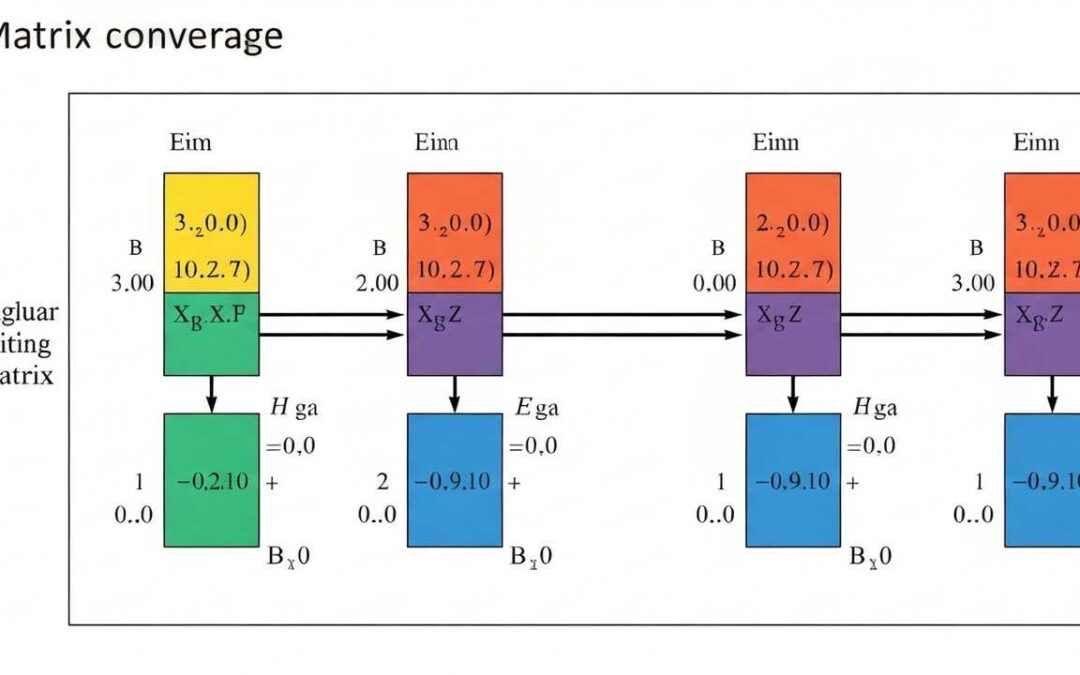
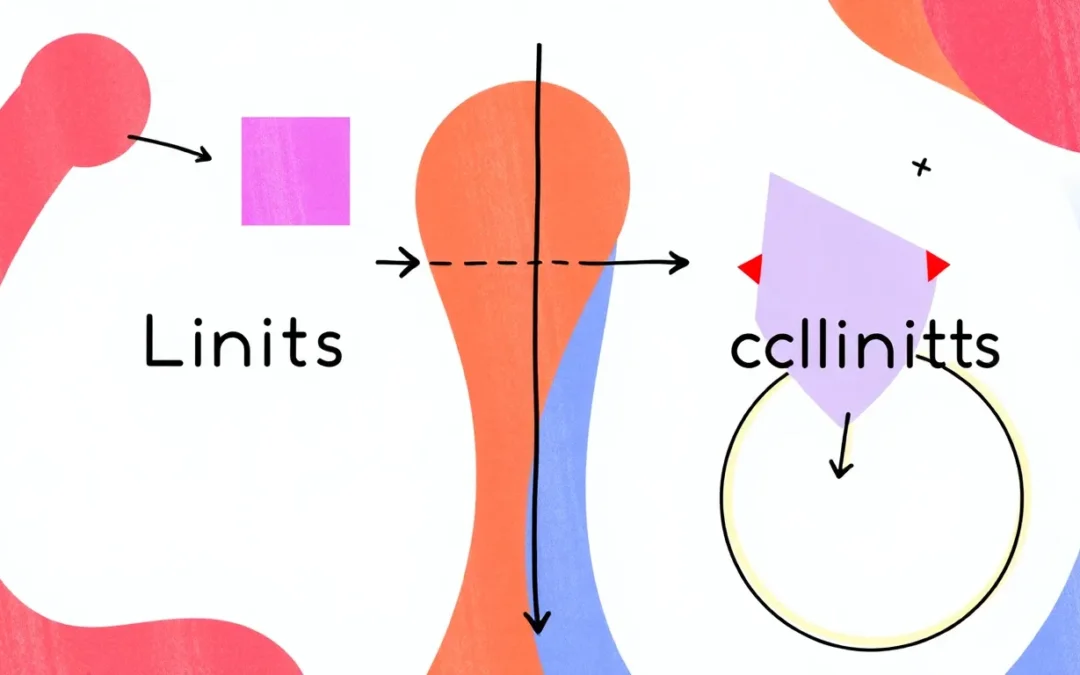
0 Comments